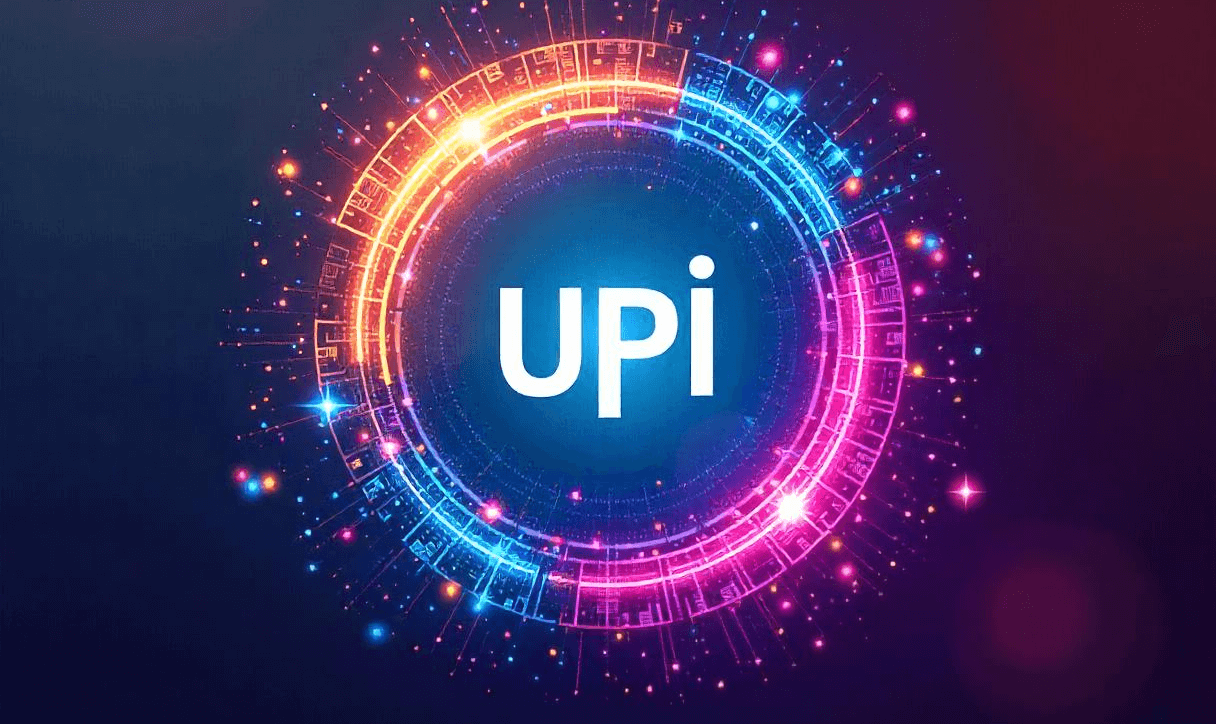RBI Empowers NPCI to Revise UPI Limits for Merchant Payments

In a strategic move to support the growing digital payments ecosystem, the Reserve Bank of India (RBI) has granted permission to the National Payments Corporation of India (NPCI) to revise UPI transaction limits for merchant payments. This decision marks a significant shift in the way high-value digital transactions will be conducted across sectors like healthcare, education, and real estate.
What Has Changed?
Until now, Unified Payments Interface (UPI) transactions for most merchant categories were capped at ₹1 lakh per transaction, with exceptions like IPO applications and hospitals where limits extended to ₹5 lakh. With RBI’s latest directive, NPCI now has the authority to independently assess and revise these transaction limits in collaboration with stakeholders and based on sectoral demand.
“This move is aimed at enhancing flexibility and enabling the system to cater to growing demand for high-value UPI-based transactions,” said an RBI official.
Why This Matters for Merchants
The new guidelines are expected to expand the use cases of UPI, especially in:
- Healthcare: Facilitating instant payments for high-value procedures or hospitalization charges.
- Education: Enabling fee payments for higher education or international student services.
- Real Estate: Supporting token payments or booking amounts for property transactions.
- Enterprise Payments: Assisting SMEs and corporates in settling supplier and service invoices.
These sectors traditionally relied on NEFT, RTGS, or card-based transactions due to UPI’s cap. With revised limits, UPI can now emerge as a universal digital payment tool, even for B2B and large-ticket B2C payments.
UPI’s Growth Trajectory
UPI has consistently shown remarkable growth:
- Over 13 billion transactions processed in March 2025 alone
- Monthly transaction value crosses ₹20.5 lakh crore
- Increasing adoption in tier 2 & 3 cities, driven by QR code and mobile banking integration
By lifting transactional ceilings, the RBI is encouraging a shift from cash-heavy and time-consuming modes to a more real-time, interoperable digital ecosystem.
Impact on Fintech and Payment Aggregators
Fintech platforms, especially payment aggregators, stand to benefit greatly:
- Ability to serve high-value clients and niche sectors
- Enhanced use of UPI AutoPay and recurring mandates for premium services
- Boost for neobanking and merchant solutions offering seamless UPI integration
Security and Oversight
While transaction limits may be relaxed, security protocols and KYC norms will remain stringent. NPCI, along with banks and fintech partners, will continue to ensure compliance with risk frameworks and transaction monitoring systems to prevent fraud.
Final Thoughts
The RBI’s move to empower NPCI with UPI limit control reflects its trust in digital payment infrastructure and commitment to scaling financial inclusion and ease of business. As India edges closer to becoming a cashless economy, UPI’s expanded scope is a clear signal of where the future lies.
Recent post
Take Fintegriti for a Test Drive
No License Required!
Still on the fence? Hop in and experience payments so smooth,
even your morning coffee will be jealous



